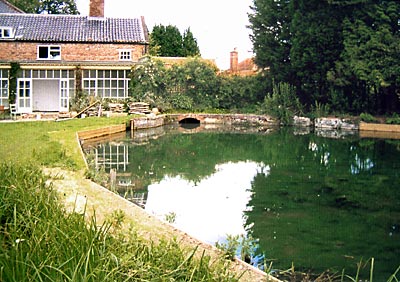 |
Mill pond June 2007 |
|
Congham Mill
tributary of River Babingley |
 |
Mill pond June 2007 |
|
Congham Mill was part of the Congham Lodge complex. The machinery was powered by one of the few overshot wheels in the county. The only other mills to use overshot wheels in Norfolk that I have found so far were at Brandiston, Buxton, Foulden, Hingham, Mundesley, Tharston and Weybourne. |
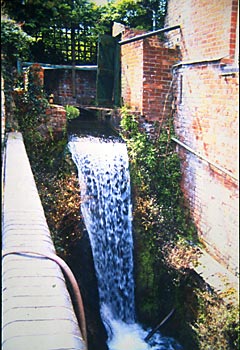 |
June 2007 |
|
The mill produced oil from whale blubber brought in from Kings Lynn docks. The resultant whale bones were then doubtless taken by road to Narborough_Bone_Mill where they were ground into fertiliser. Some of the whale bones remain as ornaments on site to this day. |
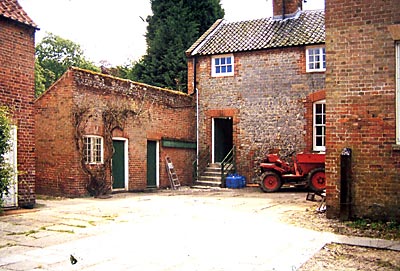 |
June 2007 |
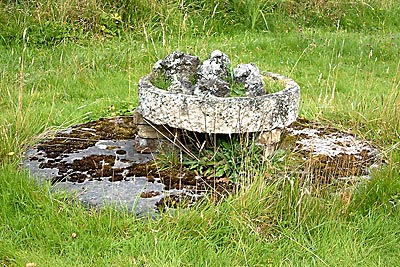 |
Millstones June 2007 |
This watermill is something of an enigma. It is sited in the Congham Lodge Estate, which is a pretty private sort of place, but on the day I visited there was a lot of building work going on, and I did not feel that I was intruding. In fact I was treated courteously by the residents that I came into contact with. On Faden’s map of 1797 the mill is marked as an ‘Oil Mill’, and the locals know it as the ‘whale mill’, and there are indeed pieces of whalebone positioned like posts at each end of the brick parapets of a bridge. I was also told of whales being shipped up the River as far as Hillington, and then down to Congham by horse and cart down the track which follows the course of the stream which runs into the Nar from the south. All very intriguing, but the story does not in any way hang together. They must have been very small whales to have been carried on a normal sized farm cart. The production of whale oil does not involve a grinding process. The oil was produced in blubber houses, which were situated on the river banks at Kings Lynn. The flensed blubber was boiled in cauldrons to extract the oils and fats, and the spent blubber residue was used as fuel for the fires under the cauldrons. The flesh and offal had uses, but that was not a product which needed grinding in any way. So where was the need to ship a small proportion of the catch up river and along a road to a small mill at least twelve miles away by road and river? Note that Hillington is on the Babingly River, which follows a tortuous route to Hillington. The bones, however, were ground to produce bone meal for fertiliser, and that was done at the bone mill near Narborough, which was a big, highly commercial enterprise, but after the last whale was landed in King’s Lynn in 1812, underwent a great loss of trade which eventually lead to the closing of the mill. But, no oil is produced by that process. So how did the mill at Congham get to be known as a an oil mill? I can think of only one explanation, but so far I have been unable to verify any part of the theory. The Everard family were major players in the whaling industry at King’s Lynn, and they had estates in the Congham/Hillington area. Often, large country houses of the period had whale bone arches and other decorative features as a novelty. That could explain the presence of the whale bones on that estate, now much reduced by history. If one of the Everards had influence around here, they might have been experimenting with linseed, sunflowers or rape for vegetable oils. The mill stones which form a garden feature are obviously not from a corn mill. My interpretation of them is that they are from an edge runner. The round base stone, set into the grass, looks like an anvil stone, and the smaller stone could be one of a pair of runners, the other bits might be fragments of another runner. If anyone has further information, I would be pleased and grateful to hear it. Barré Funnell - 18th February 2008 |
|
A turbine was fitted c.2009, presumably to produce electricity but this was no longer in use and was falling into decay by 2018. |
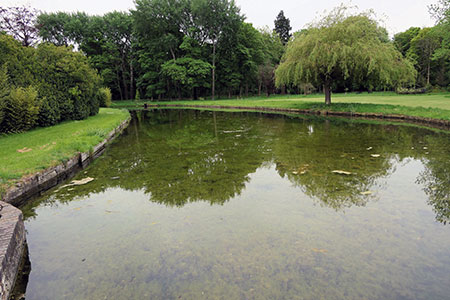 |
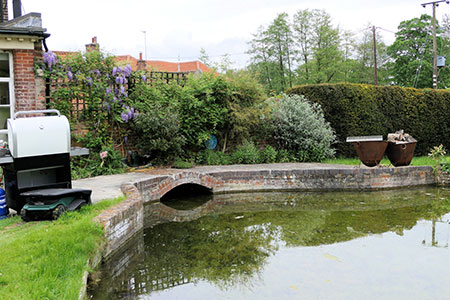 |
Mill dam 12th May 2018 |
Wheel inlet channel 12th May 2018 |
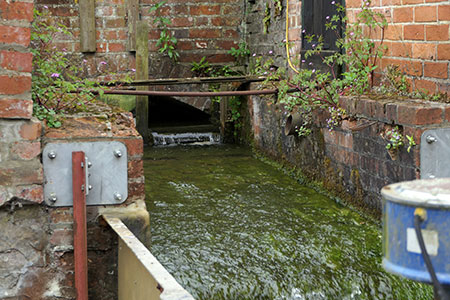 |
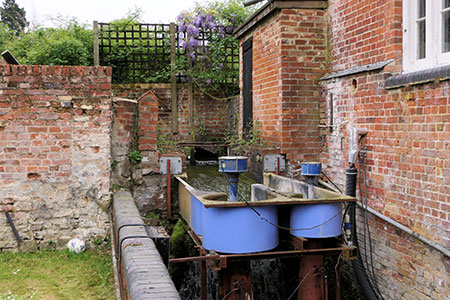 |
Mill wheel leat 12th May 2018 |
Turbine inflow 12th May 2018 |
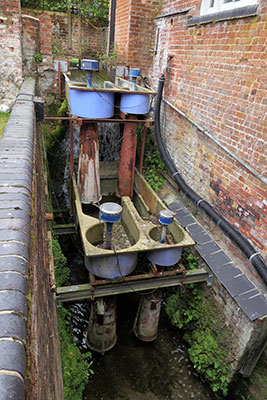 |
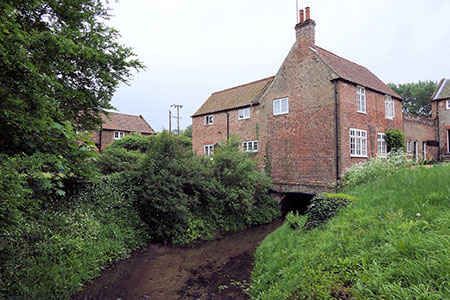 |
Turbine outflow 12th May 2018 |
Mill outflow 12th May 2018 |
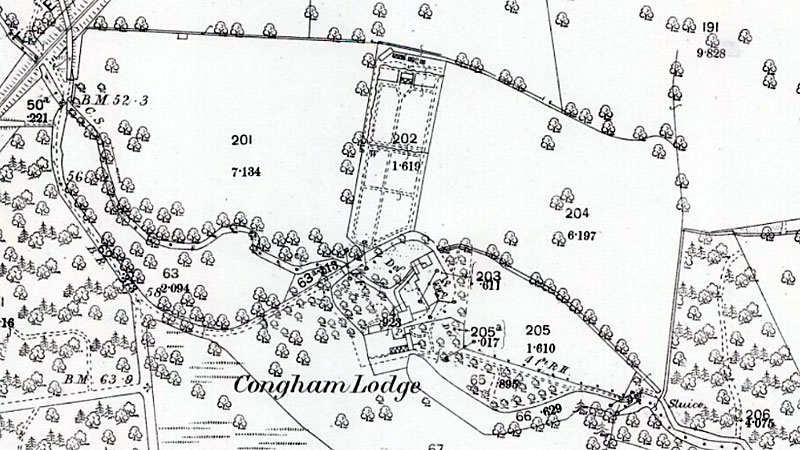 |
O. S. Map 1885 |
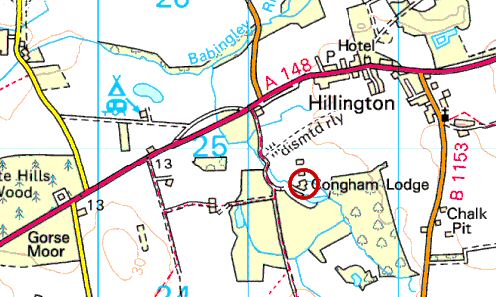 |
O.S. Map 2005 Image reproduced under licence from Ordnance Survey |
If you have any memories, anecdotes or photos please let us know and we may be able to use them to update the site. By all means telephone 07836 675369 or
|
| Nat Grid ref TF71372476 | Copyright© Jonathan Neville 2003 |